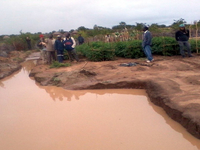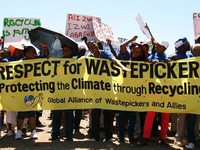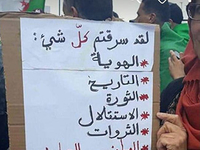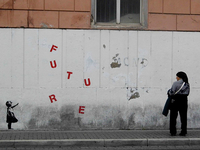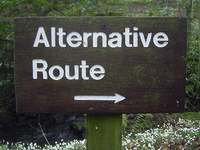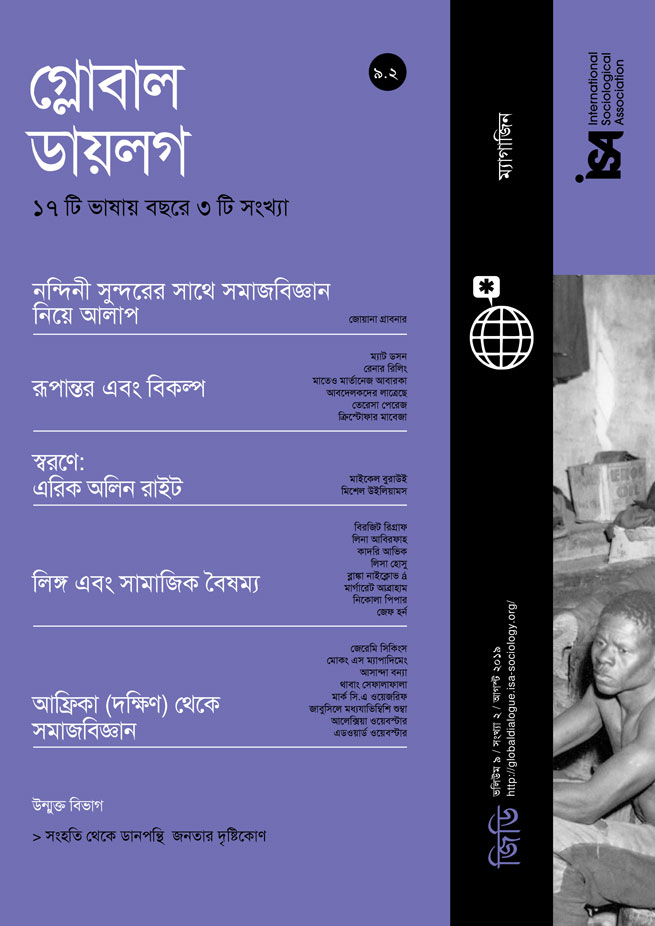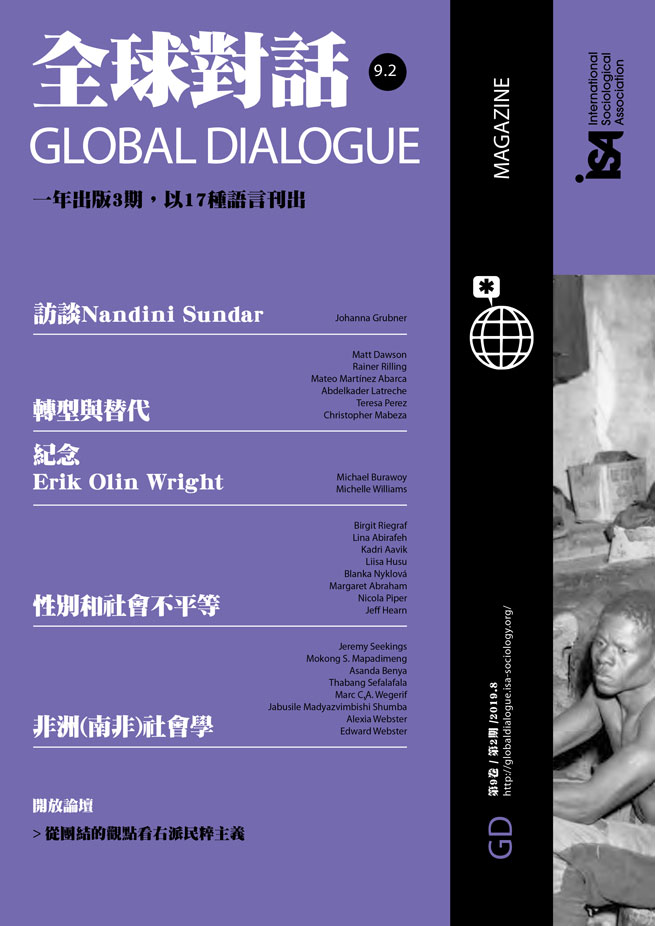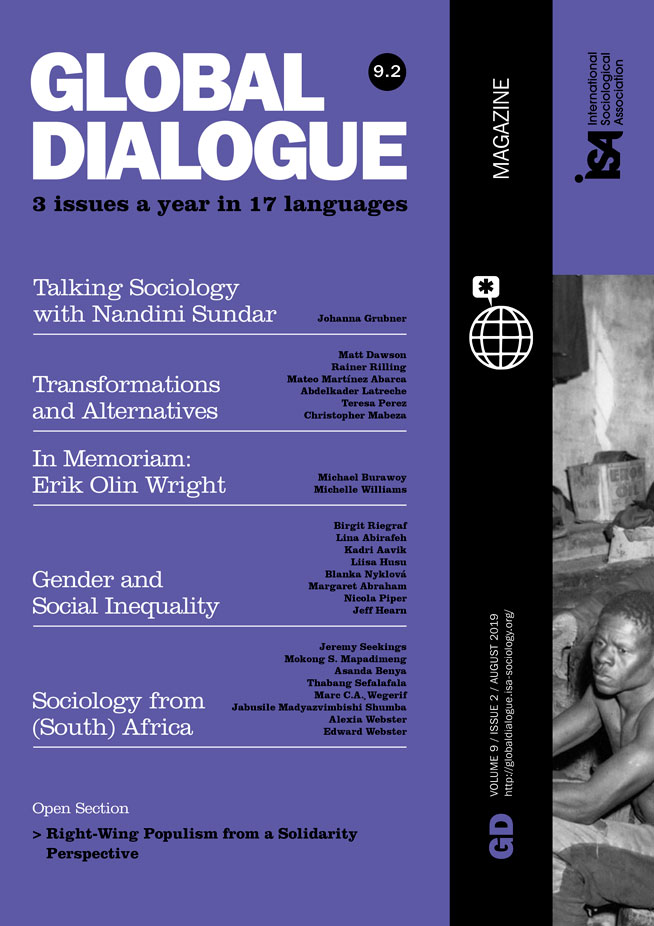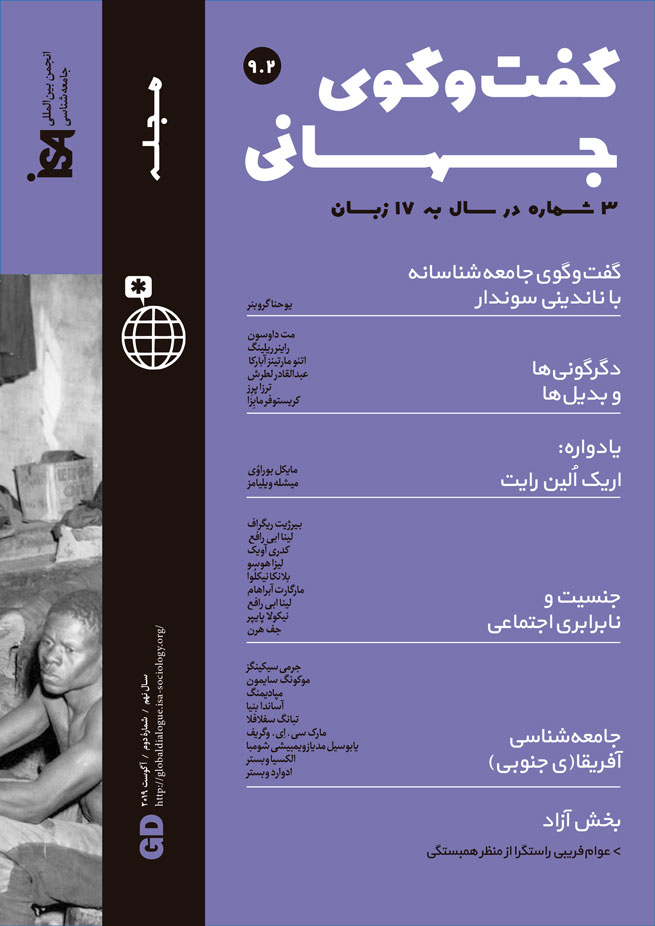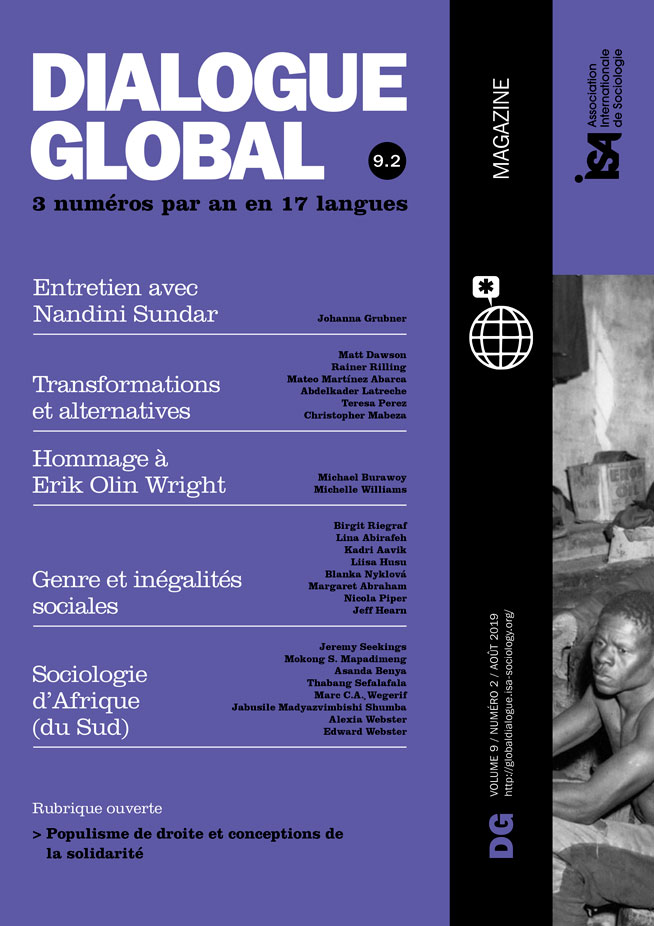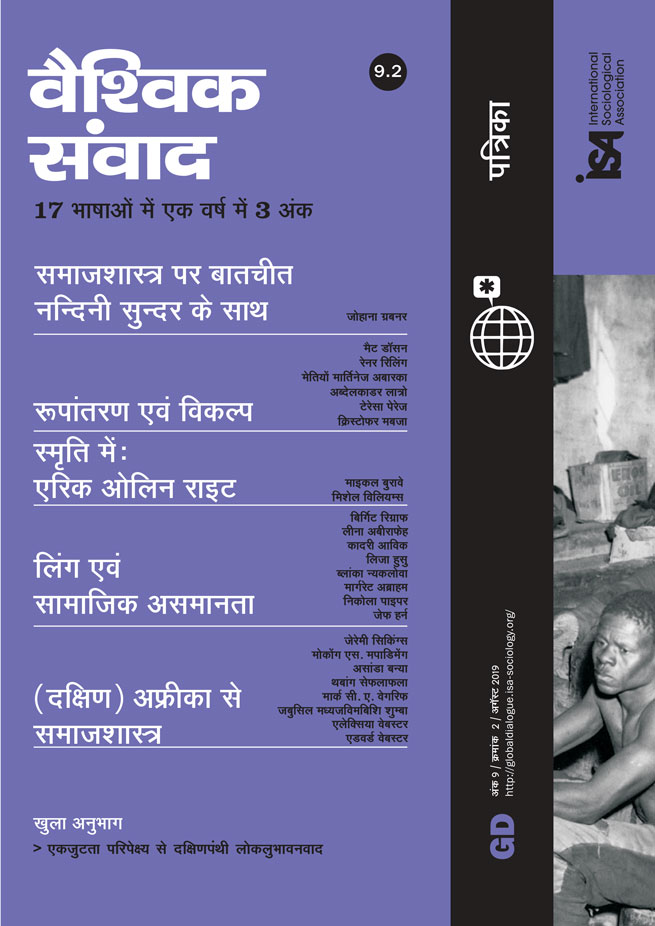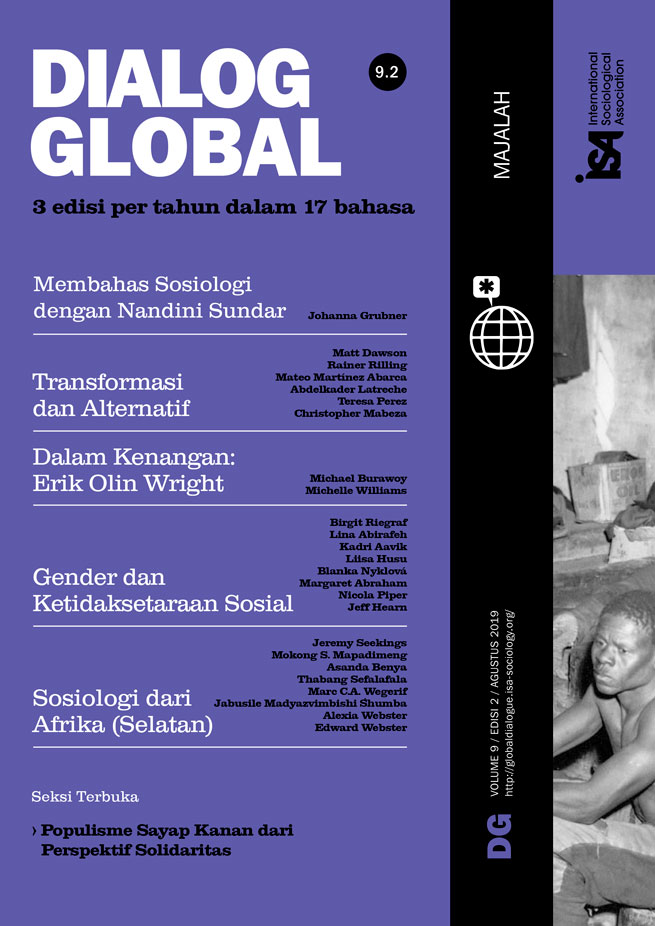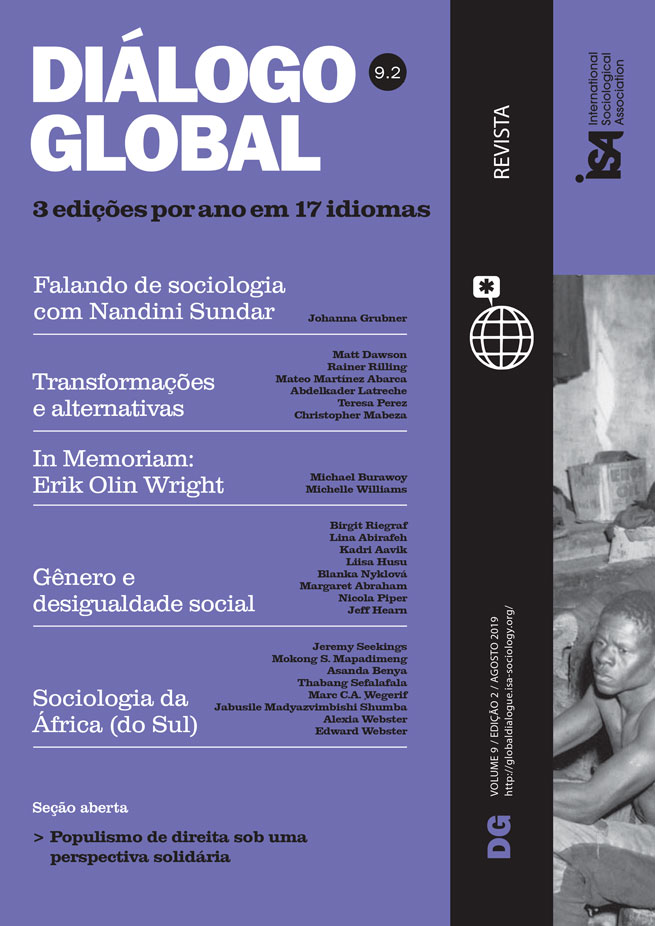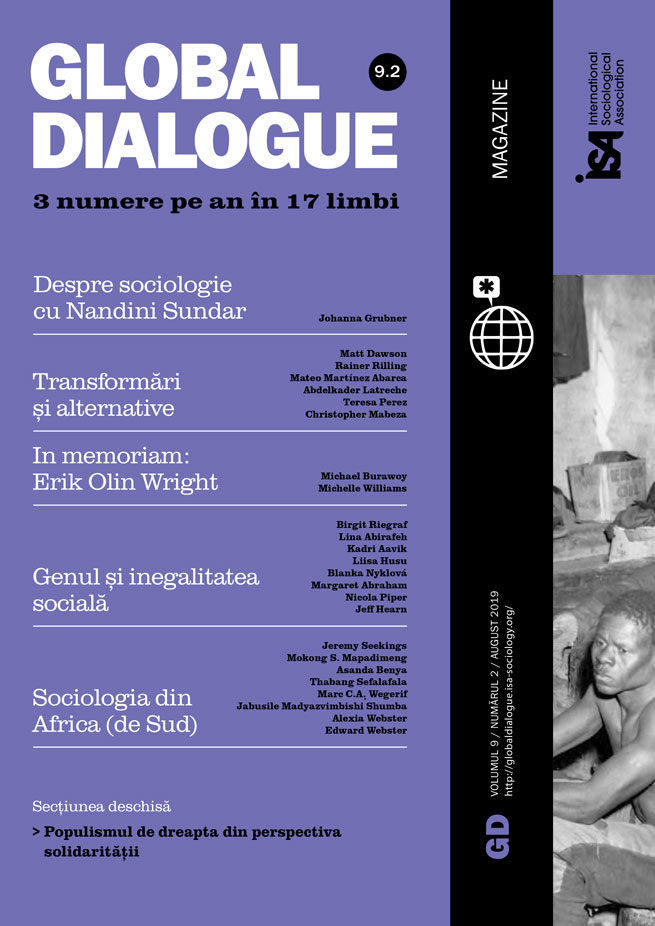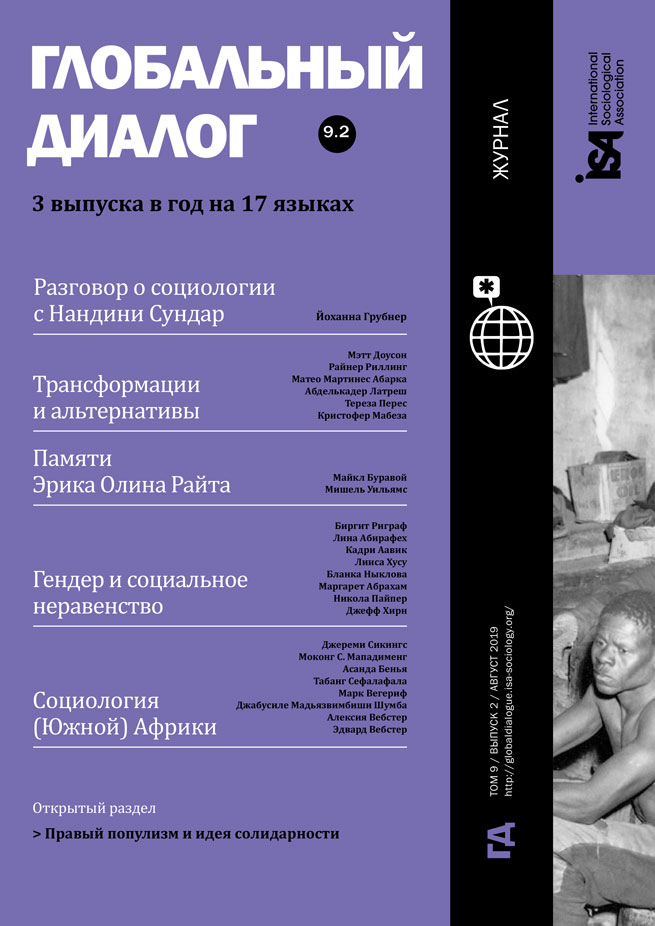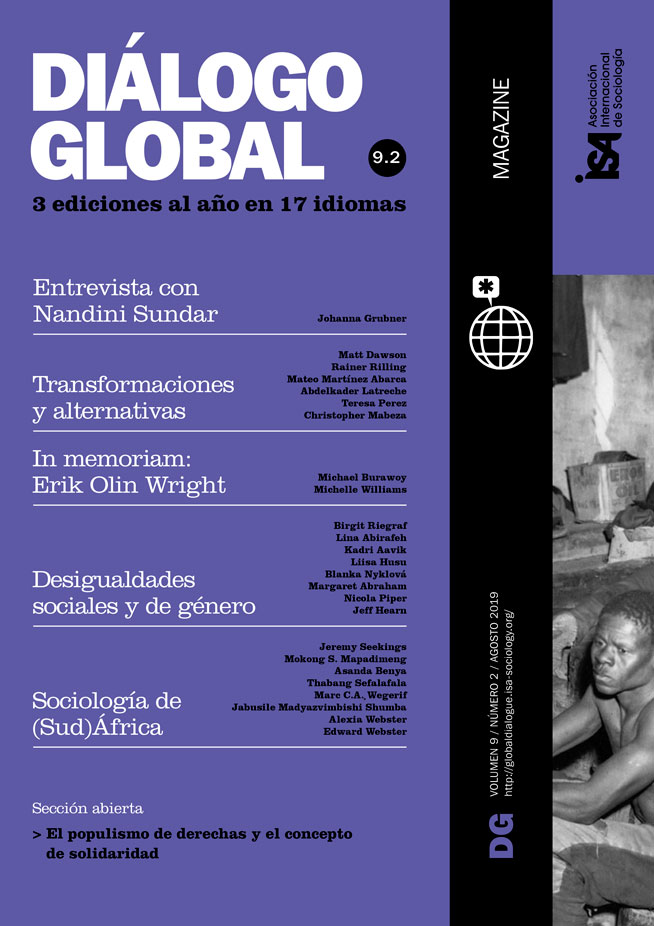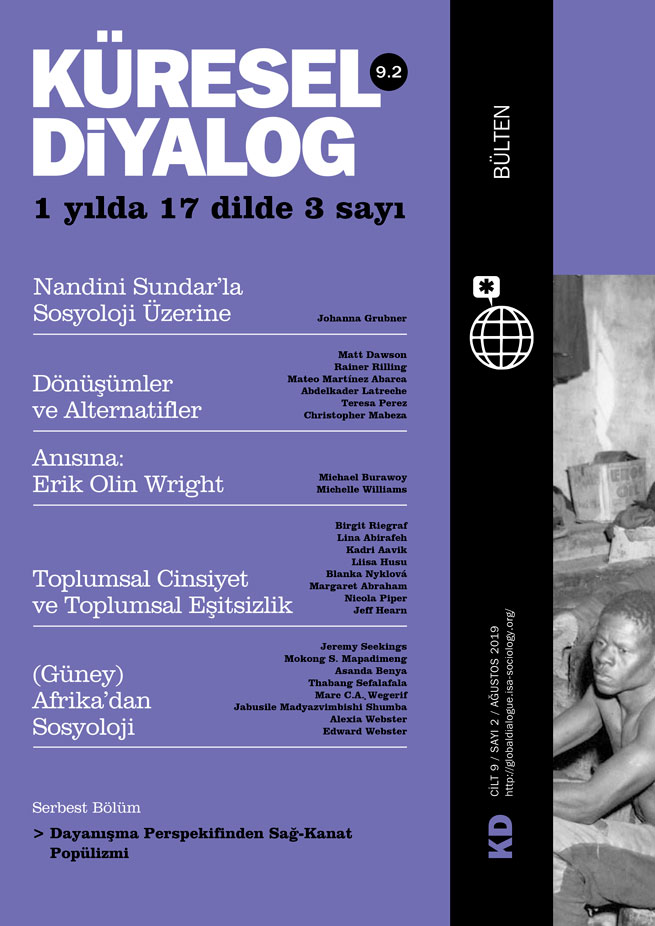During recent years in Latin America - especially in the Andean region - an important debate has taken place concerning the idea of Buen Vivir. First as a proposal forged in the heat of indigenous struggles in the 1990s, then as part of an intense discussion in leftist intellectual and academic circles, and finally, in countries such as Ecuador, as a decisive concept in the drafting of a new national constitution in 2008 (and thus translated afterwards into public policy), Buen Vivir is a powerful idea that has gone a long way in a very short time. But what is Buen Vivir after all? Should one consider it a proposal with practical relevance for the construction of an alternative society, not only in Latin America, but across the world?
There are many ways to define Buen Vivir, depending largely on the place of its enunciation. In precisely this sense, it is an idea that assumes both the tone and force of the voice invoking it. Buen Vivir therefore doesn’t have the same meaning for all indigenous peoples, or for all indigenous women, eco activists, intellectuals, NGOs, or even the government of Ecuador. Buen Vivir, whose literal translation from Spanish to English would be “good living,” ultimately points to a rich yet elusive concept-under-construction, which cannot be easily stabilized, because it is being constantly built and rebuilt, negotiated, and re-negotiated.
For indigenous peoples, for instance, Buen Vivir cannot be understood without taking deep steps into a particular philosophy and representation of reality. In Ecuador, Kichwa peoples use the concept of Sumak Kawsay as an equivalent to Buen Vivir. Sumak Kawsay can be defined as a utopian idea rooted in Pachamama (roughly translated as Mother Earth), in which all social relations between humans and nature are built into community vis-a-vis principles of complementarity, reciprocity, solidarity, and equality. For Kichwa speakers, Sumak Kawsay can be understood as the opposite of Llaki Kawsay, or “bad living,” the unfortunate character of life in the absence of community. Bolivia’s Aymarashave a similar yet different concept called Suma Qamaña. The Guaraní peoples of Paraguay call it Ñandereko, while Mapuches from Chile and Argentina refer to Küme Mongen, and so on…
For intellectuals and scholars, particularly in the Latin American left, Buen Vivir maintains a strong relation with the problems of development, growth, and extractivism. Under the capitalist organization of life, economic growth rests on the commodification of human productive activities and of nature itself (taking into consideration even “non-productive” human and natural processes). Thus, Buen Vivir would be the radical antithesis of market society’s modes of valuation: an affirmation of use value over exchange value, as nineteenth- and twentieth-century material theorists might frame the distinction. In this sense, Buen Vivir would not only mean endeavoring to act upon a post-growth societal logic, but also building an entirely different post-capitalist economic rationality.
In any event, Buen Vivir should be understood as a critique of modernity based on different, non-western ontologies - including those typically framed as Marxism - amidst a crisis of colonial, Eurocentric patterns of global power. In terms of its theoretical development, Buen Vivir draws multiple insights from critical theory, postcolonial theory, feminism, cultural, race, and gender studies, and political ecology. But its historic relevance derives mainly from the narrow, oftentimes harsh lived experience of social movements, particularly indigenous movements, which have propelled the translation of their reflections and commitments into a set of ideals to guide their struggles. By the same measure, Buen Vivir consistently escapes reification, the fluidity of the concept constituting one of its great advantages against the frequent theoretical stagnation of other utopian-like proposals.
On several occasions communities invent new, highly practical concepts out of the idea of Buen Vivir, addressed to specific challenges in the course of their struggles. An example of this would be the notion of Kawsak Sacha or “living forest,” elaborated by the indigenous people of Sarayaku, who live in Ecuador’s Amazon basin. This proposal was born as a response to the threat of oil exploitation in their territory and had as one of its foremost goals to nurture the community’s “life project” as an alternative to the imposition of extractive models since the early 2000s. A few years later, Sarayaku and allied agencies presented a Kawsak Sacha initiative at the COP 21 Paris Climate Summit in 2015, and subsequently at the IUCN World Conservation Congress in Hawaii in 2016.
Buen Vivir has not merely reenacted “ancestral worldviews” - although it does rescue and revitalize several traditional elements from the historical memory of indigenous peoples. Rather, the concept adheres to a very advanced construction of ideas and practices constantly adapting to the rhythms of a reality in which the continuing exploitation of labor and nature remains central. It is a typical mistake among academics and activists from the Global North as well as the Global South to imagine Buen Vivir as the latest flavor of New Age spirituality, whereby groups of indigenous people and their allies gather to play drums under the full moon while the world collapses around them. To view Buen Vivir through such rose-tinted, rational-pragmatist lenses would unintentionally promote the depoliticizing of a proposal that is, in its most unadulterated form, an intrinsically and deeply political challenge.
Interpretative mistakes such as these, and the depoliticized cooptation of its principles by certain governments as a doctrine exclusively of and for state logics, has discredited Buen Vivir as a radical transformative proposal. This seems to have happened in Ecuador, where Buen Vivir has been part of the national Constitution since 2008. Despite its kernel for transformative potential, the subordination of Buen Vivir under a specific project of a government aligned with the so-called “pink tide” in South America, ended up bureaucratically exhausting its potential for Ecuadorian society as the regime sank into an intensive extractivist agenda, authoritarian practices, and a string of corruption scandals. And yet, the momentary setback of this ingenious counter-political experiment has also stimulated a process of necessary self-critique, renewal, and learning amongst the multiple subaltern constituencies that continue to identify with and believe in the project. And in the end, it will be the multitude of these voices who will utter the last word about the future of Buen Vivir as a philosophical and political instrument in their struggles.
Mateo Martínez Abarca, Universidad Nacional Autónoma de México, Mexico, and Centre for Social Studies, University of Coimbra, Portugal <abortocronico@gmail.com>
